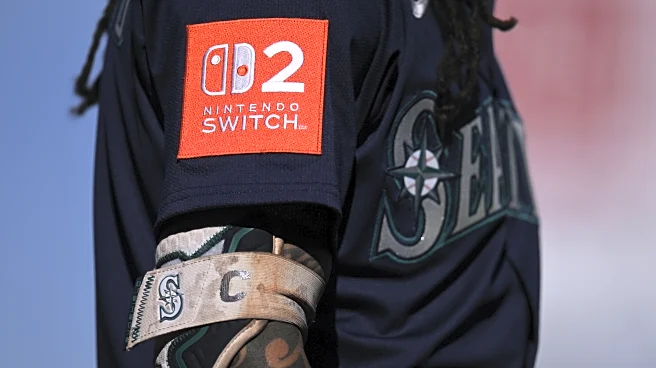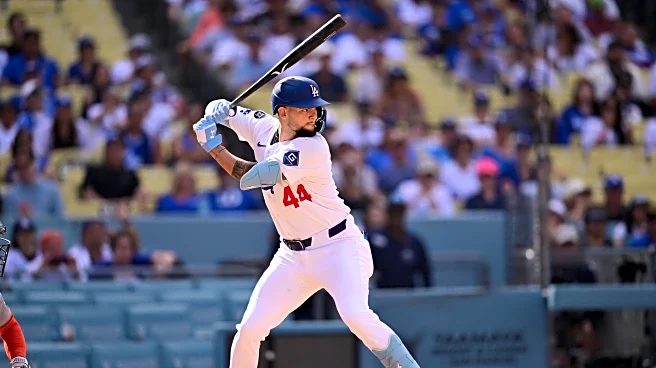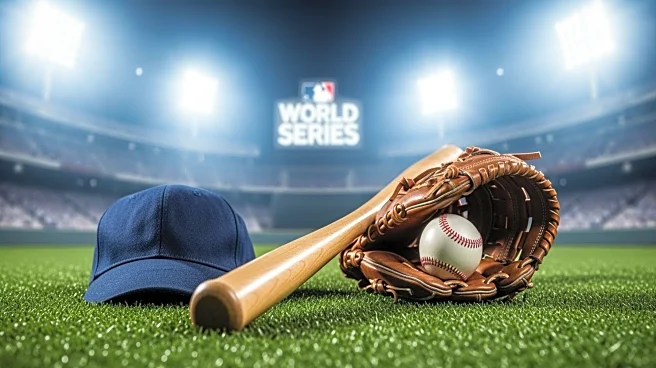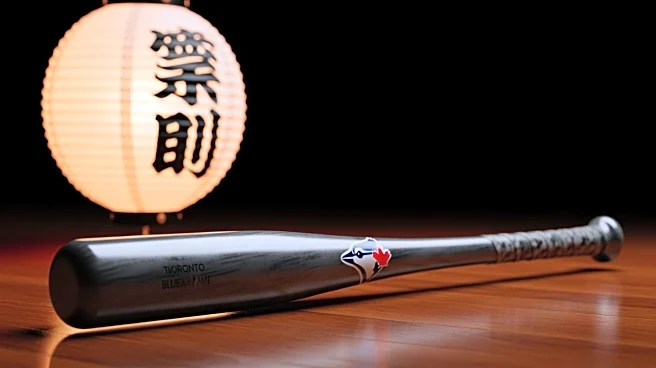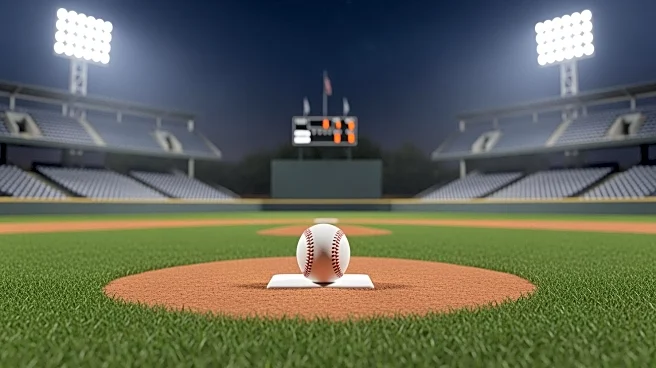Major League Baseball officially calls the player who begins the inning during regular season extra inning games the “automatic runner” in the rules. That is an objectively boring name. Baseball fans have
dubbed this player the “ghost runner,” which is far more interesting, even if it’s not technically accurate; they’re just as real as any other player.
A lot of baseball fans despise the ghost runner rule, which is in its sixth full season. This is weird to me, a noted ghost runner fan, because players like it, coaches like it, the media likes it, and it does its job in limiting the amount of ridiculously long games–and no one likes ridiculously long games.
Speaking of ridiculously long games, the Toronto Blue Jays and the Los Angeles Dodgers just played one of those really long games in the World Series. It lasted a whopping 18 innings, during which the last nine of which a whopping one run scored. Shohei Ohtani was on base nine times by himself.
Why did the game get to 18 innings anyway? Because there was no ghost runner. While MLB does use the ghost runner rule in the regular season, the postseason is ghostrunner-free.
This leads to a bit of a beef I have, which is that these uber-long 18-inning games are almost always a mess and a slog. Game three was indeed such; in total, there were 19 walks and an eyewatering 37 players left on base. The lead did not change hands–nor did anybody score at all–from the eighth inning through the 17th inning. Some outlets are calling it “an epic” and “one of the greatest games of all time.”
Respectfully, I don’t think either of those statements is accurate! It was exciting because it was a walkoff (which doesn’t require extra innings) and because it was a World Series game. Six hours and 39 minutes of baseball is too much baseball. Most importantly, this game would have been equally “epic” if it had ended earlier. You know what was a better game? Game seven, which ended after only 11 innings and featured some of the craziest swings of momentum.
The amount of innings does not have a 1:1 correlation with how good a game is, in other words.
I would therefore like to propose a solution. Look: I can see the appeal of extra innings without the ghost runner. It’s a classic baseball experience. But I also think that baseball can have its cake and eat it too with the ghost runner: by emulating Super Smash Bros.
Hear me out! Super Smash Bros. is a fast-paced fighting game where you select a player from one of video games’ most storied franchises and duke it out against other players. There are multiple ways to play, but the two most common types are “stock” and “time” battles. In stock battles, each character has a certain amount of lives, and the last one standing wins.
But in time battles, it’s entirely possible that two (or more) players can end up with the same amount of points (KOs, if you want to be technical, which I know some of you will be). And when that happens, the game is sent to Sudden Death, where the last player standing will win.
Most of the time, the players will end up sorting it out in short order. But eventually, should the game go on too long, bombs start dropping onto the map, making it exponentially harder for any one player to survive.
A video game like Super Smash Bros. and professional baseball are not the same. What I think Smash gets right, though, is that it continually ratchets up the stakes. Players have enough time to win in regulation. Should it go into Sudden Death, a single mistake looms large. And eventually, the game introduces some chaos to further push the match towards a decision. All of it is exciting.
What does this look like in baseball? I think what this looks like is keeping the ghost runner out until the 11th or 12th inning. Teams would have a full nine innings and one or two extra innings to get it done. If it’s still not happening, then ghost runners help move it forward to its conclusion.
So the next time you think of the ghost runner rule, think to yourself: what would Masahiro Sakurai do?
